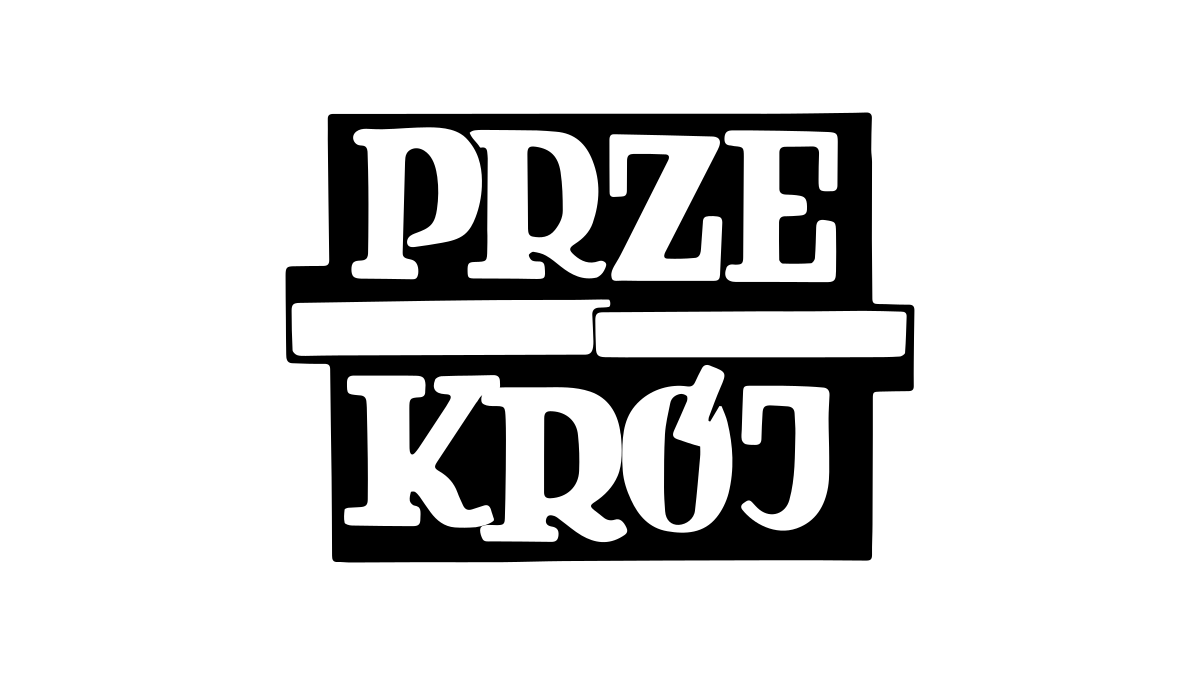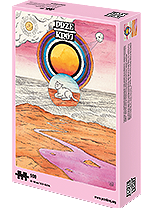
Giving your gray matter a workout is a great idea, but the brain can also benefit hugely from mere physical activity. In her conversation with Sylwia Niemczyk, Dr. Joanna Podgórska, a neurobiologist and science popularizer, explains how physical exercise impacts our memory and thinking.
Dr. Podgórska talks about biology and chemistry in such an engaging and lucid way that thousands of people follow her on Instagram. She promotes a healthy lifestyle, referring not only to her own experience but also to research findings from all over the world. Podgórska gave up her academic career (although that’s not final!) to popularize science. In her recent book Tak działa mózg (How the Brain Works), she argues that we’re not helpless when aging. We can reverse the effects of aging or, even better, prevent them from happening. We simply need to make some effort.
Sylwia Niemczyk: Is it true that juggling is better for the human brain than doing crosswords or sudoku?
Joanna Podgórska: Juggling is wonderful, and I recommend it to everyone. Joking aside, activities that engage both sides of the body are highly recommended from the perspective of neurogenesis and neuroplasticity. Juggling balls is only one example; one can also try writing alternately with the right and left hand or go cycling. It’s true that at some point in my book,
I recommend juggling balls, but I also discuss the importance of intellectual effort. I mean, however, a real effort: what matters is an adequate, relatively high level of difficulty.
Do you mean that, while Przekrój crosswords will work in this context, simple crosswords that take five minutes to complete won’t?
The only beneficial aspect of the latter is killing time. But there is another, very good exercise for the brain: turn the








